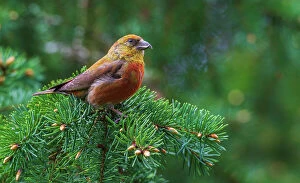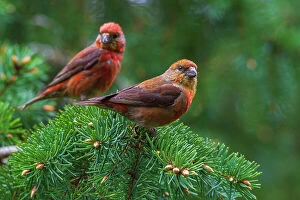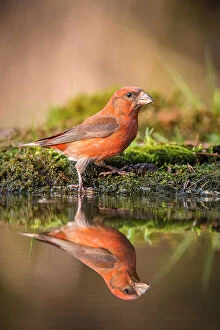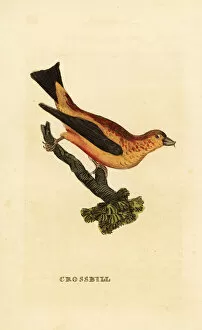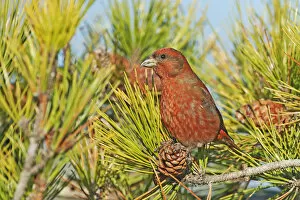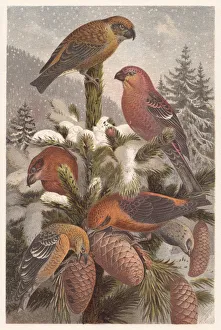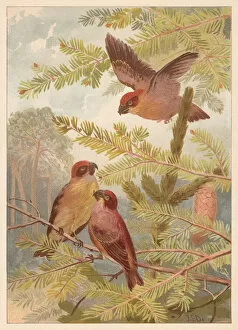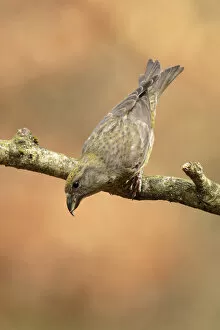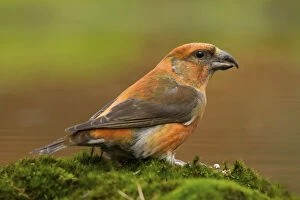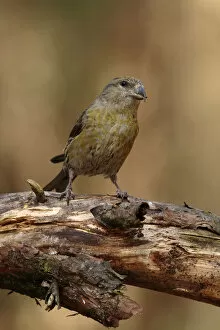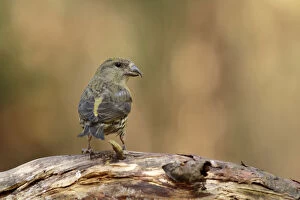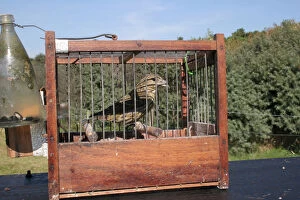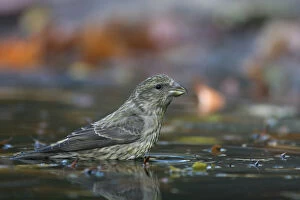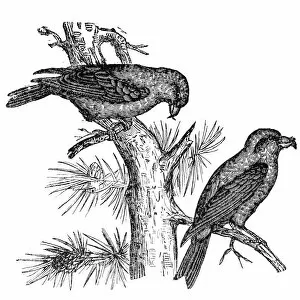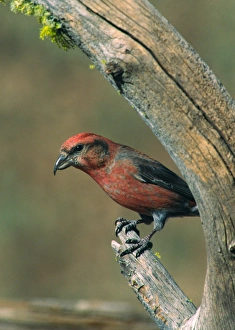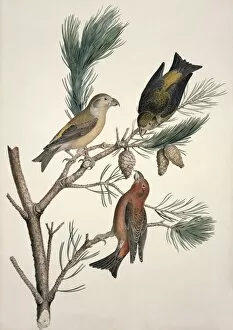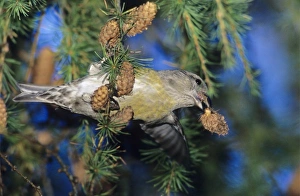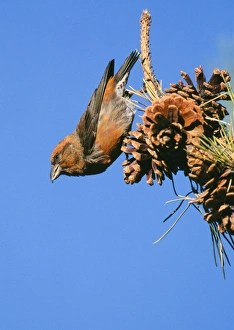Red Crossbill Collection
The Red Crossbill, scientifically known as Loxia curvirostra, is a fascinating bird species that captivates with its unique appearance and behavior
All Professionally Made to Order for Quick Shipping
The Red Crossbill, scientifically known as Loxia curvirostra, is a fascinating bird species that captivates with its unique appearance and behavior. With its distinct crossed bill, it stands out among other avian creatures. This captivating crossbill showcases vibrant colors in a beautiful chromolithograph published in 1888. Male red crossbills display their striking plumage in this lithograph from 1882, showcasing the intricate details of their feathers. These birds are often found perched on willow branches, as depicted in an enchanting photograph taken in Astoria, Oregon. Not to be confused with the company of the same name, the Red Crossbill is part of a diverse family that includes other notable members like the Pine Grosbeak (Pinicola enucleator) and White-winged Crossbill (Loxia leucoptera). The male Pine Grosbeak and American Crossbill share similar characteristics with their crimson counterparts. Renowned English ornithologist and bird artist John Gould immortalized these birds through his work featured in "The Birds of Great Britain" published in 1873. His illustrations capture the essence of this remarkable species and contribute to our understanding of their beauty. In nature's symphony, the melodic calls of they can be heard echoing through coniferous forests. Their specialized bills allow them to extract seeds from pine cones effortlessly—a skill that sets them apart from many other feathered friends. As we observe these captivating creatures up close or admire them through historical depictions such as color lithographs or chromolithographs dating back over a century ago, we gain a deeper appreciation for their uniqueness within the avian world. The Red Crossbill continues to inspire awe and wonder wherever it graces us with its presence.

